
There Are 4 Parts of a Pig That Seem 'Delicious' But Should Actually Be Thrown Away
Pork is a staple in many kitchens around the world. From crispy bacon to tender ribs, it’s hard to resist the flavor and versatility of pork dishes. However, not all parts of the pig are as safe or healthy as they might appear. In fact, there are four specific parts that many people think are tasty — but experts say you’re better off throwing them away.
Here’s what you need to know before your next trip to the butcher.
1. Lymph Nodes
Often hidden in fatty cuts or ground meat, lymph nodes are part of the pig's immune system. They filter toxins and waste from the animal’s body — not exactly something you want on your plate. They’re spongy, sometimes rubbery in texture, and can carry harmful bacteria if not properly removed during processing.
Why avoid them?
They don’t break down well during cooking, and eating them may expose you to contaminants.
2. Pig’s Lungs
Though still consumed in certain traditional dishes around the world, pig lungs are banned for human consumption in some countries, including the U.S., due to food safety concerns. Lungs can retain impurities and small particles from the air the animal breathes, which may not be fully cleaned or cooked away.
Why avoid them?
They can harbor bacteria, and their porous structure may trap unwanted elements.
3. Pig’s Blood That Isn’t Fresh
Pig’s blood is used in dishes like blood sausage and soups, but freshness is key. When it’s not fresh or handled incorrectly, it becomes a breeding ground for harmful bacteria like salmonella and E. coli.
Why avoid it?
Old or contaminated pig’s blood can cause food poisoning — and the symptoms aren’t pretty.
4. Pig’s Intestines That Aren’t Thoroughly Cleaned
Pig intestines (often used in sausages) can be delicious — but only if properly cleaned and prepared. If not, they can contain residues of waste and bacteria, including dangerous parasites.
Why avoid them?
Unless you know they’ve been professionally and thoroughly cleaned, it’s best not to take the risk.
Final Thoughts: Know What You’re Eating
While pork offers a lot of culinary potential, it’s important to be cautious about which parts you choose to consume. What may look tasty at first glance could be hiding health hazards.
Tip: When buying pork, choose reputable sources and ask questions about how the meat is processed. And if you’re unsure about a cut, it’s safer to skip it.
News in the same category


The "Miracle Leaf" of Mexico: Widely Available Across Asia but Little Known for Its Benefits

Singapore deploys robot cockroaches for earth.quake relief in Myanmar

In Less Than 5 Years, These 4 Things Will Be More Valuable Than Houses or Cars

Guinness Records 2022: At 7 feet and 0.7 inch, Rumeysa Gelgi is the world’s tallest woman

A Fish Called the "Ginseng of the Sea": Cheaper Than Meat, More Nutritious Than Bird’s Nest – Often Overlooked

3 parts of shrimp that "accumulate t.oxins" - Many people eat them without knowing
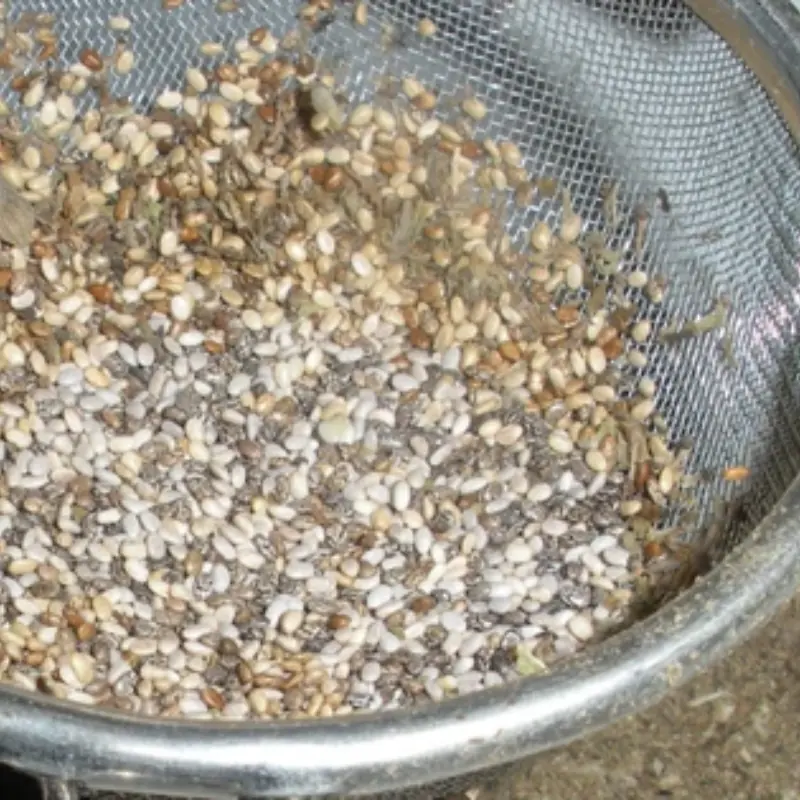
A Tiny Seed with Mighty Benefits

Don't put ginger, garlic, and chili in the refrigerator: Store them this way to keep them

The non-stick coating of the rice cooker has peeled off after long use. Is it harmful to use it?

"Why I Only Charge My iPhone to 80% Instead of Fully Charging" – Everyone's Got It Wrong; Fully Charging Isn’t Always Best
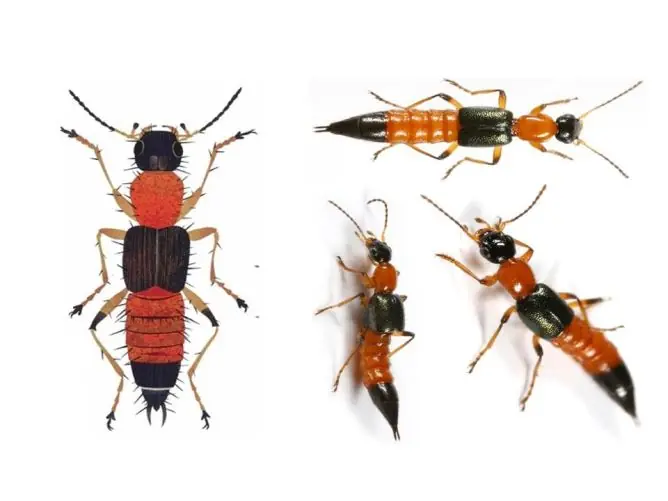
The insect, the size of a grain of rice, is 12 to 15 times more toxic than cobra venom

Don't keep these 4 things

Why are there fly designs painted on toilets at Amsterdam airports?
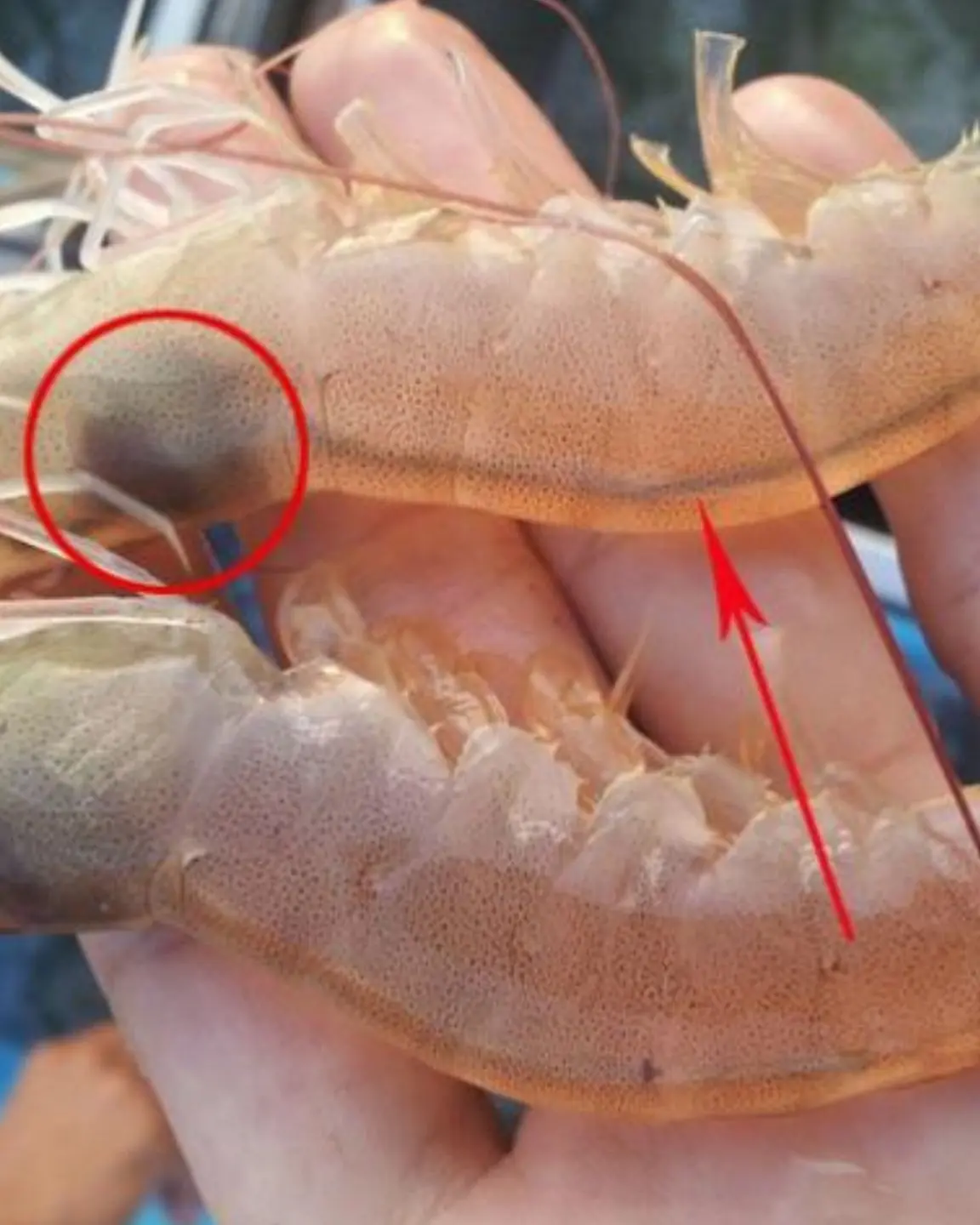
Does the black part on the shrimp's head contain roe or feces? Experts explain the con.tro.versy

What Does a Forehead Kiss Mean? 10+ Reasons Behind This Personal Peck

The Purpose of the Notch on Scissors: Many Homemakers Don’t Know How to Use It—What a Shame!

The photo that made millions of people cry about the profession considered the di.rtiest in the world
News Post

Just a few steps and the pot is like new

5 Useful Sleeping Positions That Many People Don't Know

Why Are So Many People Alarmed After Seeing This Photo?

Detox Lungs Naturally: How to Cleanse Lungs Naturally with Food
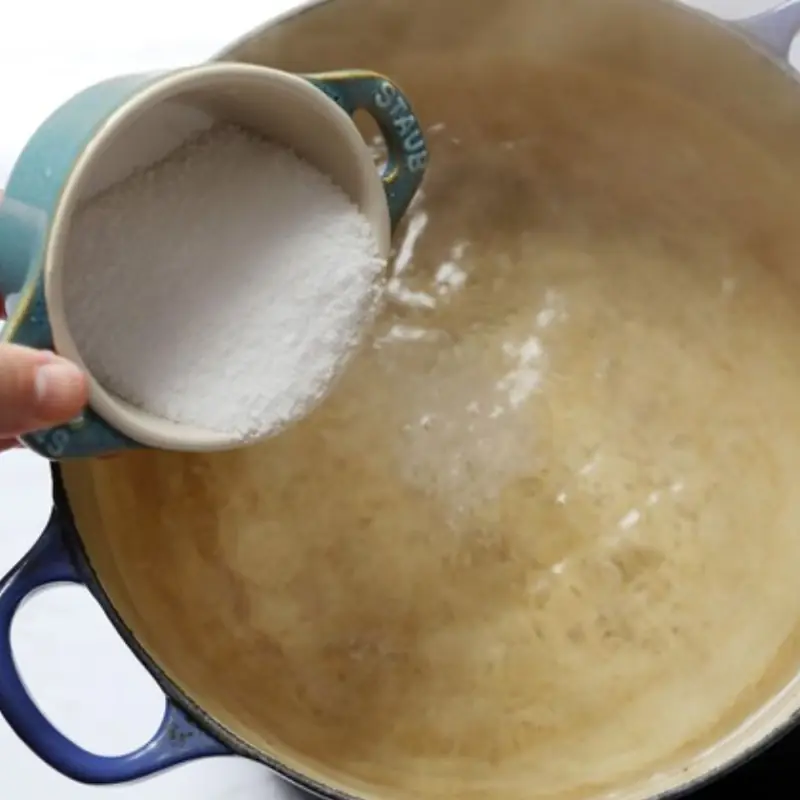
Cancer Cells Love These 3 Flavors the Most — Many People Are Shocked to Realize They Eat Them Every Single Day

Early Detection of Diabetes Through 7 Commonly Overlooked Signs

Using Public Wi-Fi Without Knowing This Could One Day Wipe Out Your Entire Bank Account
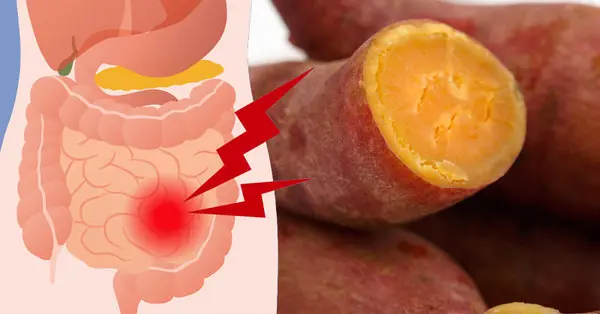
3 Groups of People Who Should Limit Sweet Potatoes, Despite Their Nutritional Value

Recognizing 9 Early Signs of Liver Cancer That Are Most Easily Overlooked

Goodbye Puffy Eyes Coffee Under Eye Cream to Get Rid of Puffy Eyes and Dark Circles

The Best Tea for Swollen Legs: A Natural Diuretic for Ankles and Feet

Natural Treatment for Diabetes, Stomach Issues, and High Blood Pressure
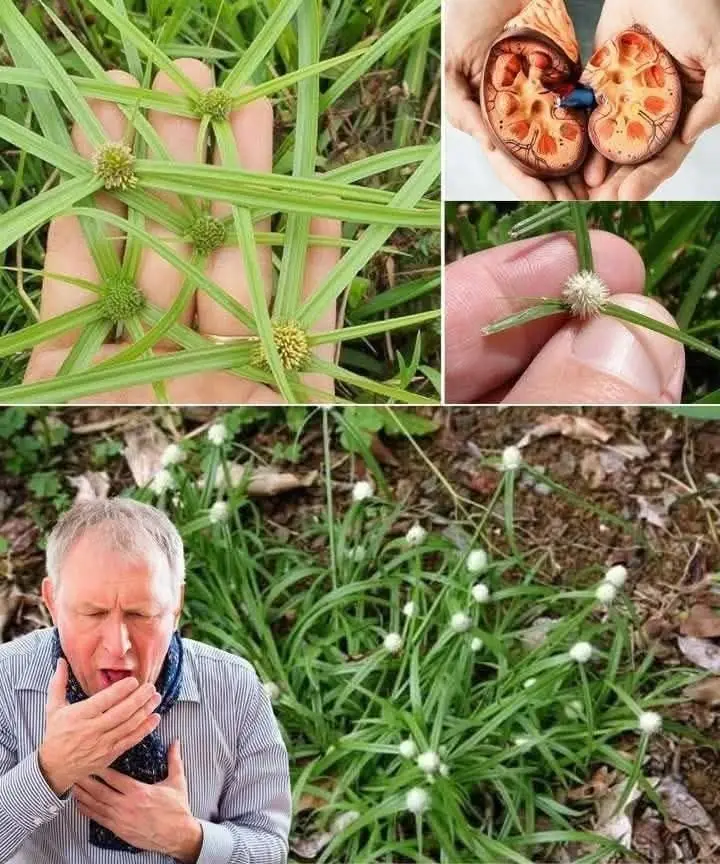
The Famous KFC Coleslaw Recipe

Healthiest FRUIT on EARTH: What occurs in the body by eating just 3 a day?

Why Are Turn Signal Lights Yellow Instead of Green or Red?

3 Types of Foods That Spike Blood Sugar – Diabetics Should Limit These

Where are the 3 hidden faces?

10 Can.cer-Fighting Foods You Should Eat Regularly
